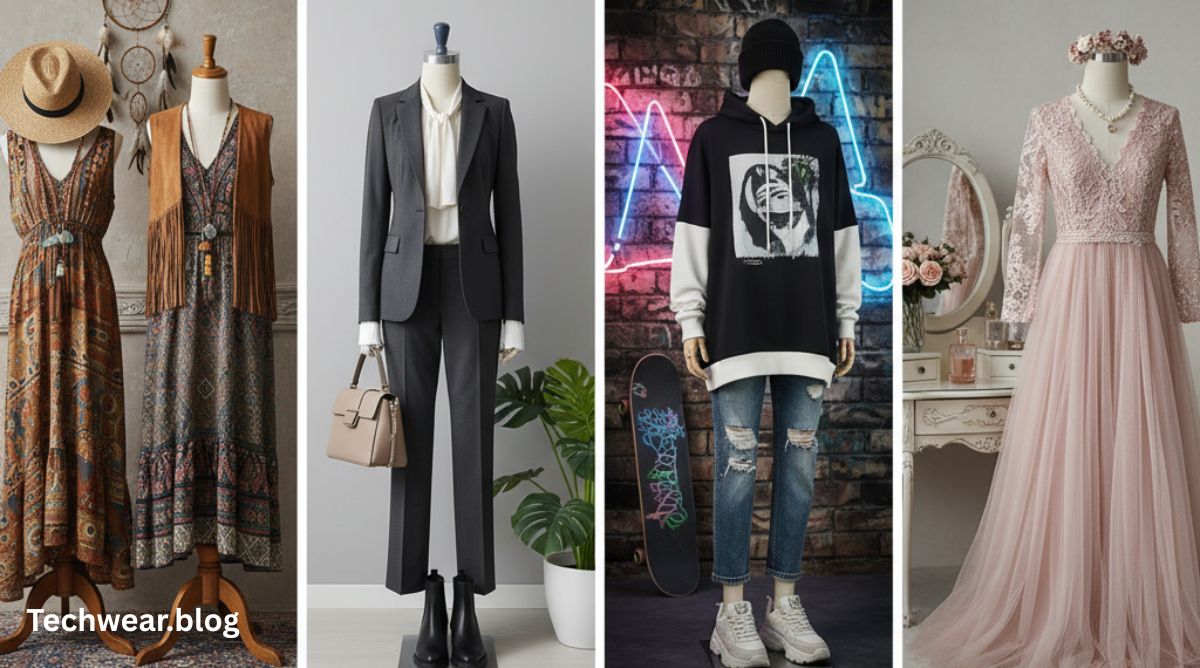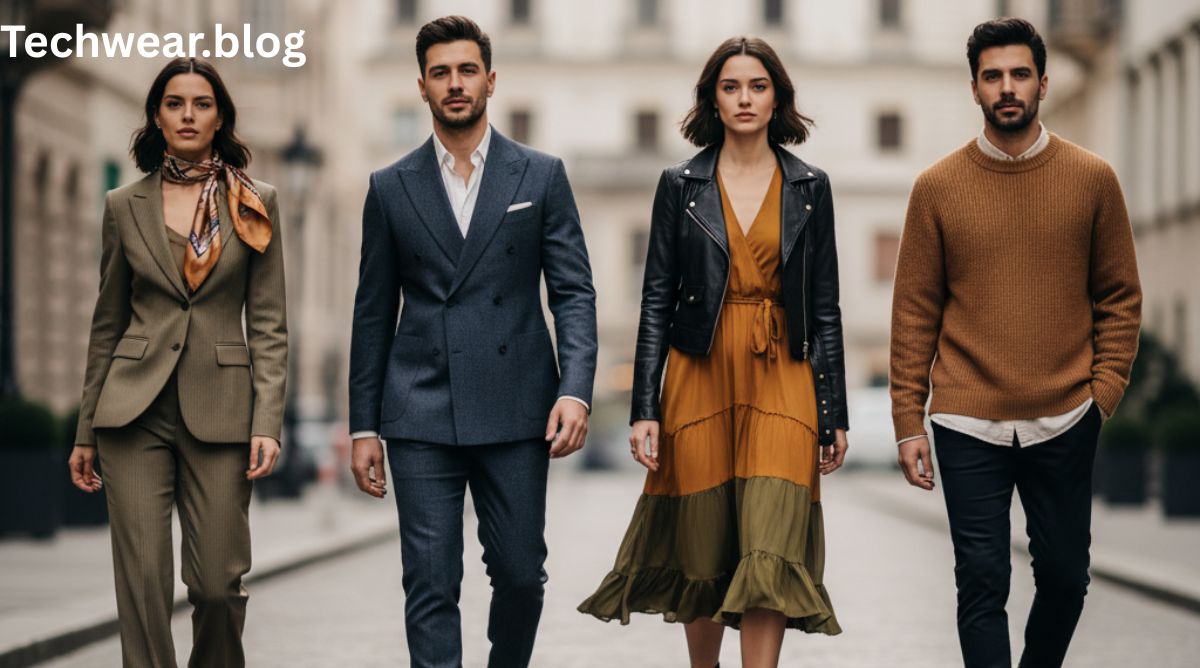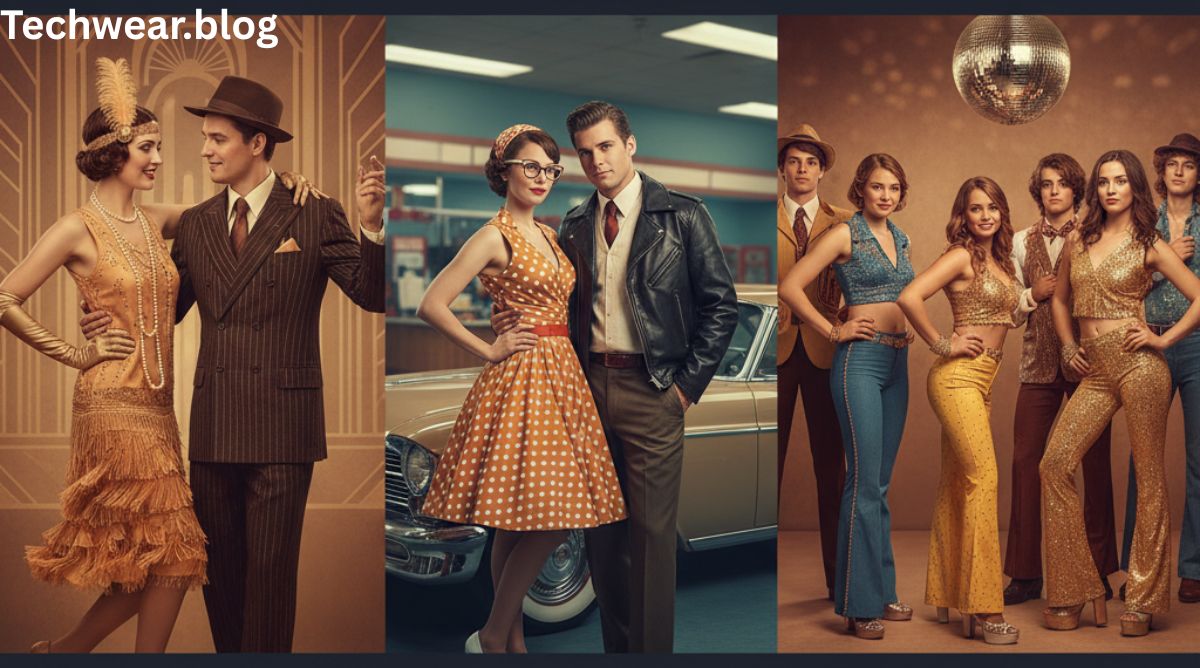Street style fashion is more than just what people wear—it’s a movement, an expression of individuality, and a form of cultural storytelling. Unlike high fashion that originates on runways, street style comes from the real world—urban streets, neighborhoods, and youth subcultures. It represents how ordinary people reinterpret trends and mix them with personal creativity.
For more on the background of fashion and its cultural evolution, you can read Fashion on Wikipedia.
Understanding Street Style Fashion
Street style fashion refers to a distinctive and expressive way of dressing that originates from the streets rather than designer studios. It is influenced by everyday people, youth culture, music, sports, and art. Street style isn’t about following strict fashion rules—it’s about breaking them to create something authentic.
Unlike traditional fashion that trickles down from haute couture, street style moves upward from grassroots culture to the global fashion scene. It’s spontaneous, experimental, and constantly evolving.
The Origins of Street Style
Street style began gaining attention in the 20th century, particularly in cities like New York, Tokyo, and London, where fashion-forward youth began using clothing to express identity and rebellion.
- In the 1970s and 1980s, punk and hip-hop cultures in New York influenced the early streetwear movement.
- In Japan, Harajuku fashion became a global phenomenon, known for its vibrant, eclectic, and playful mix of styles.
- In London, the punk and mod scenes gave rise to a raw, edgy street aesthetic.
The term “street style” became widely recognized when photographers and fashion journalists began capturing unique urban outfits outside fashion shows. Today, these candid photos are a major feature in fashion media.
Characteristics of Street Style Fashion
Street style fashion is defined by creativity, individuality, and authenticity. Here are some of its defining traits:
- Self-expression: It’s not about following brands but about expressing personality.
- Mix and match: Street style often combines high-end fashion with affordable or vintage items.
- Comfort meets style: Functionality is important—sneakers, oversized jackets, and cargo pants are common staples.
- Cultural influence: Music, art, sports, and even politics shape street fashion trends.
- Gender fluidity: Street style often blurs gender norms, promoting unisex fashion choices.
The Evolution into Streetwear
Street style fashion eventually gave rise to streetwear, a global fashion phenomenon that combines comfort, exclusivity, and bold branding. This evolution began with skateboarding and hip-hop culture in the 1980s and 1990s.
Brands like Supreme, Stüssy, A Bathing Ape (BAPE), and Off-White turned street style into a luxury market segment. Collaborations between streetwear and high-end labels—like Louis Vuitton x Supreme—blurred the lines between casual and couture fashion.
Streetwear today symbolizes youth empowerment, urban energy, and the democratization of fashion.
Global Influence of Street Style
Street style fashion is not confined to one region—it’s global. Each country and culture has added its unique twist:
- Japan: Known for bold, colorful, and layered looks, especially in Tokyo’s Harajuku district.
- South Korea: K-fashion mixes minimalism with playful elements, reflecting both street and pop culture.
- USA: The birthplace of streetwear, where hip-hop, skate, and athletic influences dominate.
- UK: London’s street style merges punk attitude with modern elegance.
- France: Paris adds a chic twist, making street style appear effortlessly polished.
Thanks to social media, global trends now spread instantly. Platforms like Instagram and TikTok have become digital runways for street fashion enthusiasts.
The Role of Social Media and Influencers
Street style fashion owes much of its popularity to digital platforms. Influencers, stylists, and photographers showcase real-world looks to millions online.
Fashion weeks in cities like Paris, Milan, and New York now highlight not just the runway but also the streets outside, where fashion enthusiasts flaunt their unique ensembles.
Social media has made fashion more democratic—anyone can be a style icon without being a model or celebrity.
Key Elements of Street Style Fashion
Here are some elements that define the modern street style aesthetic:
- Sneakers: Iconic sneakers like Nike Air Jordans or Adidas Yeezys symbolize the streetwear culture.
- Oversized Clothing: Hoodies, baggy jeans, and puffer jackets are streetwear essentials.
- Graphic Tees: Expressive prints, logos, and artwork dominate street outfits.
- Layering: Combining multiple textures and pieces—like denim over hoodies—is a signature move.
- Accessories: Caps, chains, and crossbody bags complete the look.
The key is to balance individuality with comfort.
The Relationship Between Street Style and High Fashion
In the past, luxury fashion houses viewed streetwear as casual or unrefined. However, the 21st century changed that perception. Now, street fashion heavily influences major runways.
Brands like Balenciaga, Gucci, and Louis Vuitton have embraced streetwear aesthetics in their collections. High fashion borrows from street culture, while street style gains prestige through designer collaborations. This mutual influence has reshaped the entire fashion industry.
The Cultural Significance of Street Style
Street style isn’t just about clothes—it’s a cultural movement. It represents youth empowerment, social commentary, and diversity.
- Political expression: People use streetwear to make bold statements on equality and identity.
- Community identity: Subcultures—like skaters, rappers, and graffiti artists—use fashion to mark belonging.
- Sustainability shift: Thrifting and upcycling are now integral to street style, promoting eco-friendly fashion.
Street fashion’s adaptability allows it to evolve with social and environmental awareness.
How to Develop Your Own Street Style
Creating your own street style involves creativity and confidence. Here’s how you can start:
- Find inspiration: Look at street fashion blogs, Pinterest boards, or city fashion photography.
- Mix brands: Combine designer pieces with vintage or thrifted items.
- Play with proportions: Experiment with oversized and fitted elements.
- Use accessories: Hats, jewelry, and bags personalize your look.
- Stay authentic: The essence of street fashion is individuality—don’t copy, reinterpret.
The Future of Street Style Fashion
Street style continues to influence the global fashion scene. In the coming years, we’ll see greater focus on sustainability, inclusivity, and technology.
- Sustainable materials: Upcycled denim, organic cotton, and recycled fabrics will define eco-streetwear.
- Digital fashion: Virtual fashion in the metaverse and augmented reality outfits will blend technology with style.
- Gender-neutral clothing: Street style will further break down traditional gender barriers.
The future of street fashion is about balance—between creativity, ethics, and innovation.
Conclusion
What is street style fashion? It’s a creative movement that gives power back to the people. Born from the streets, shaped by youth culture, and elevated by global influence, it’s more than fashion—it’s freedom of expression.
Street style captures the pulse of modern society, blending individuality, comfort, and rebellion. Whether it’s sneakers in New York, vintage layers in Paris, or neon streetwear in Tokyo, it tells the story of a global generation unafraid to be seen.
As Wikipedia notes, fashion reflects social and cultural attitudes—and nowhere is that clearer than in street style. So, next time you walk out the door, remember: your outfit isn’t just clothing. It’s your voice in the conversation of modern culture.









